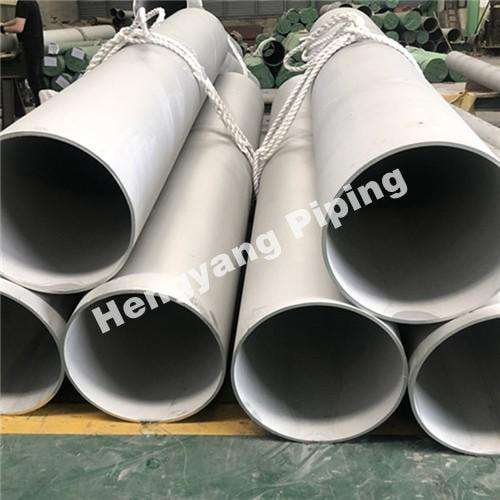What are the classification of stainless steel tubes?
Stainless steel tubes are versatile and essential components used in a wide range of industries and applications. Their durability, resistance to corrosion, and high-temperature strength make them the preferred choice for many critical applications. To understand the various applications and properties of stainless steel tubes, it is important to recognize their classification. In this article, we will delve into the classification of stainless steel tubes, providing an insight into their types, grades, and uses.
Austenitic Stainless Steel Tubes
Austenitic stainless steel tubes are among the most common and widely used stainless steel tubes. They are characterized by their excellent corrosion resistance, high-temperature strength, and formability. These tubes are non-magnetic and exhibit a face-centered cubic (FCC) crystal structure. Austenitic stainless steel tubes are divided into two main groups:
a. 300 Series: The 300 series of stainless steel pipes are the most popular and include grades like 304 and 316. Grade 304 is widely used in applications where corrosion resistance is crucial, such as in the food and beverage industry. Grade 316, on the other hand, contains molybdenum, which enhances its resistance to chloride corrosion, making it ideal for marine and chemical processing applications.

b. 200 Series: The 200 series, including grades like 201 and 202, are less common but still valuable for specific applications. They offer similar corrosion resistance but with lower nickel content, making them a more cost-effective choice.
Ferritic Stainless Steel Tubes
Ferritic stainless steel tubes are known for their magnetic properties and body-centered cubic (BCC) crystal structure. They have good corrosion resistance in mild environments and are often used in applications that do not require high-temperature resistance. Some common grades in this category include 409, 430, and 439, with applications in automotive exhaust systems, kitchen appliances, and architectural elements.
Martensitic Stainless Steel Tubes
Martensitic stainless steel tubes are characterized by their high strength and hardness. They have a BCC crystal structure and are magnetic. These tubes are often heat-treated to achieve the desired mechanical properties. They find applications in cutlery, surgical instruments, and shafts, where hardness and wear resistance are essential.
Duplex Stainless Steel Tubes
Duplex stainless steel tubes combine the properties of austenitic and ferritic stainless steel. They have a mixed microstructure, with both FCC and BCC phases. Duplex tubes offer exceptional strength, resistance to corrosion, and high resistance to stress corrosion cracking. They are commonly used in chemical processing, offshore oil and gas, and desalination plants.
Precipitation-Hardening Stainless Steel Tubes
Precipitation-hardening stainless steel tubes contain alloying elements like copper, aluminum, or niobium. They can be heat-treated to achieve varying levels of hardness and mechanical properties. These stainless stee tubing are used in aerospace, nuclear, and other high-tech industries where both strength and corrosion resistance are crucial.
Super Duplex Stainless Steel Tubes
Super duplex stainless steel tubes are an advanced subclass of duplex stainless steel. They offer even higher corrosion resistance and strength, making them ideal for aggressive environments such as offshore drilling and marine applications.
Heat-Resistant Stainless Steel Tubes
Heat-resistant stainless steel tubes are designed to withstand high temperatures and thermal cycling. They are used in applications like furnace components, heat exchangers, and petrochemical processing plants.
Conclusion
Understanding the classification of precision stainless steel tubes is essential for choosing the right material for specific applications. Each category of stainless steel tubes has its unique properties and applications, from the corrosion resistance of austenitic tubes to the high strength of martensitic tubes. By selecting the appropriate stainless steel tube based on your requirements, you can ensure the longevity and performance of your projects in various industries, from construction to aerospace and beyond.
271
0
0

Comments
All Comments (0)